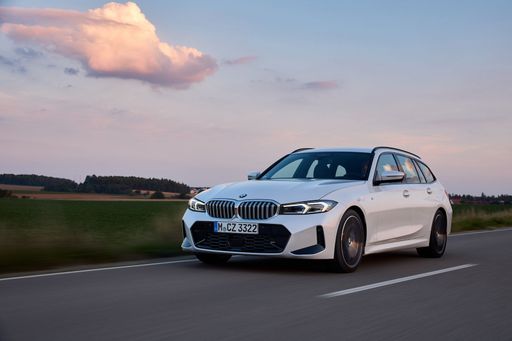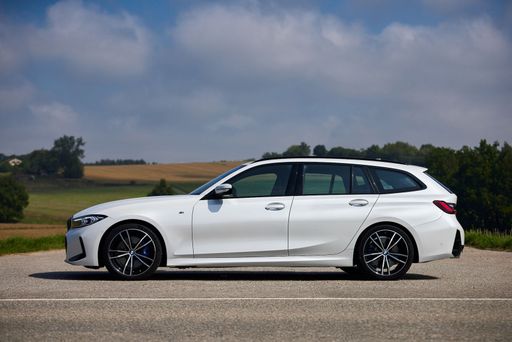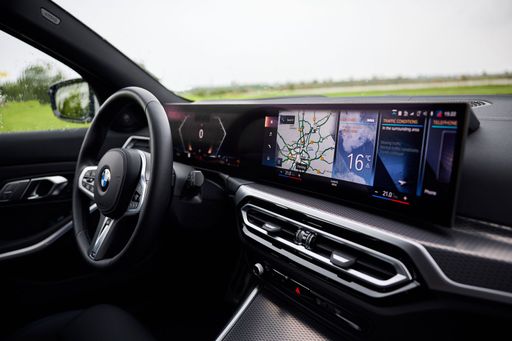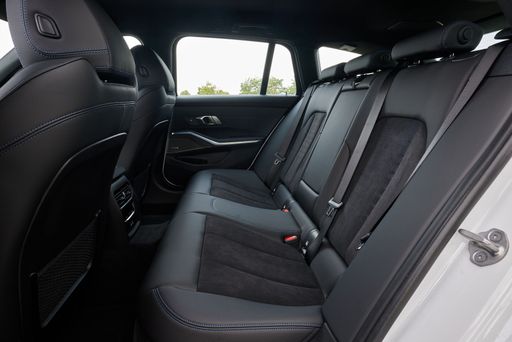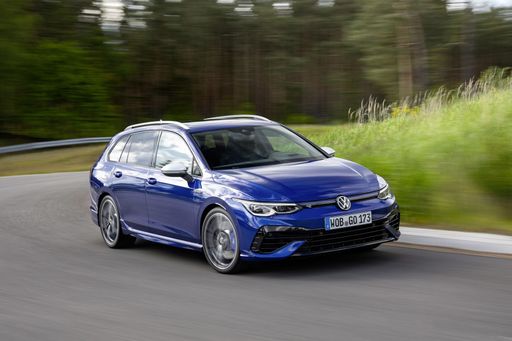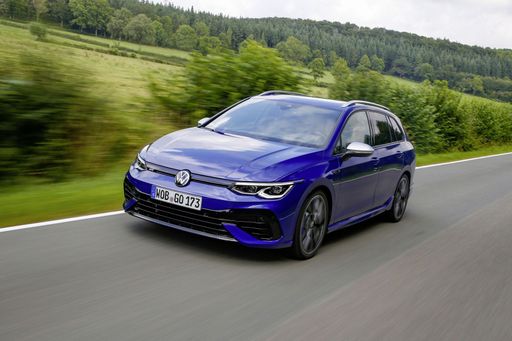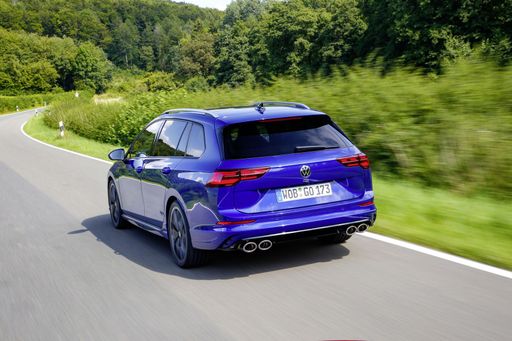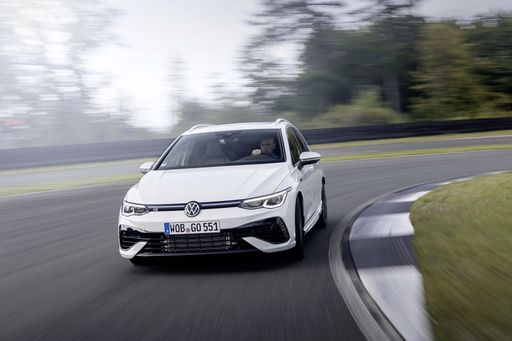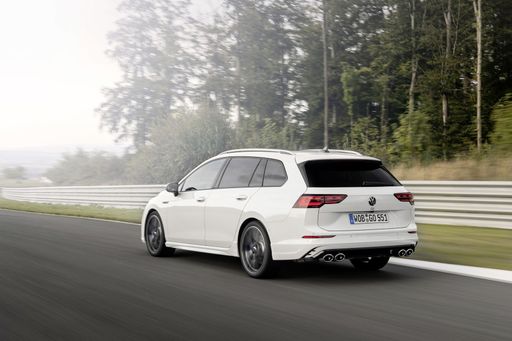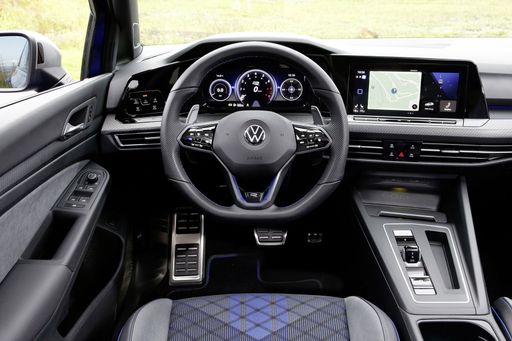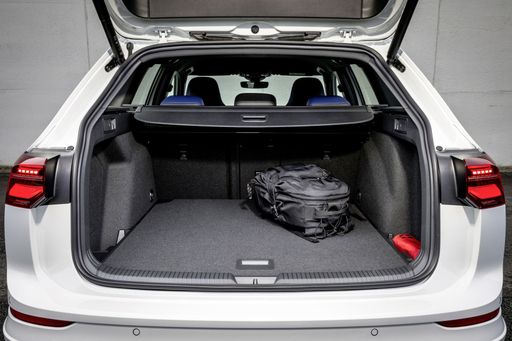An In-Depth Comparison: BMW 3er Touring vs VW Golf Variant
When it comes to the versatile and practical world of wagons, two iconic contenders stand out: the BMW 3er Touring and the VW Golf Variant. Both of these vehicles offer a unique blend of style, performance, and innovation, appealing to drivers seeking functionality without sacrificing flair. In this article, we delve into an insightful comparison, examining technical specifications, innovations, and overall appeal of these two remarkable models.

